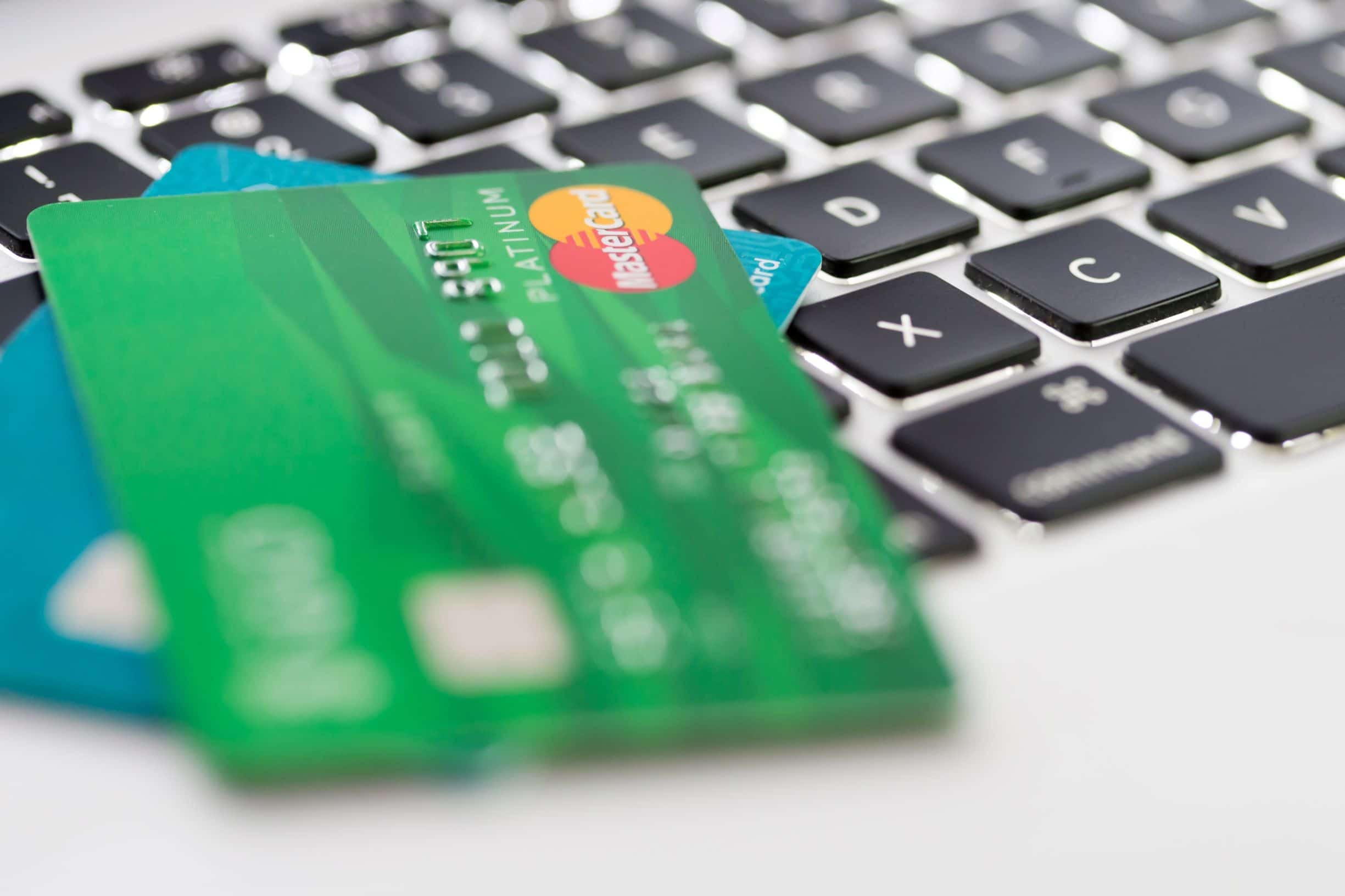

- CREDIT CARD TRANSACTION RISK ENGINE HOW TO
- CREDIT CARD TRANSACTION RISK ENGINE VERIFICATION
- CREDIT CARD TRANSACTION RISK ENGINE CODE
- CREDIT CARD TRANSACTION RISK ENGINE FREE

CREDIT CARD TRANSACTION RISK ENGINE CODE
CREDIT CARD TRANSACTION RISK ENGINE VERIFICATION

CREDIT CARD TRANSACTION RISK ENGINE HOW TO
You decide how to set Fraud Management Filters to fit your business needs.
CREDIT CARD TRANSACTION RISK ENGINE FREE
Help prevent fraudulent transactions and improve your efficiency with Fraud Management Filters – a free service for PayPal merchants that screens every transaction according to settings you define. View our CNP fraud defence guide now.Fraud Management Overview Find and stop suspicious transactions The time has never been better to get ahead of CNP/remote purchase fraud. This guide is helpful if you would like to reduce transaction risk assessment rates, drive down CNP false positives, reduce losses to CNP fraud, or balance frictionless customer experience with reduced risk. Card Not Present Fraud: Solution Guideīeing able to confidently differentiate between genuine and fraudulent transactions in a card-not-present (CNP) transaction can be a challenging task. LexisNexis® Risk Solutions was delighted to win the award for Best Identity Verification / Authentication Solution at the Awards for the second year running. Our market-leading digital identity intelligence comes with an intuitive risk engine enabling flexible rules management, behavioural analytics and machine learning, in addition to providing a wide range of authentication solutions. LexisNexis ThreatMetrix digital identity intelligence provides a unified view of trust and risk across the entire customer journey, from account creation, to login, change of details, and payments. In this video Kate Dunckley and Ellie Burns discuss how to address CNP fraud while also optimising 3DS customer card authentication payment workflows. As much information you can learn about the device used by the applicant/customer.Credit card number, including the 3-digit CVV code from the back of the card.The type of data you should obtain includes: Make sure you gather as much customer data as possible. How to reduce Card Not Present (CNP) Fraud It has been reported that in 2022 fraudsters can purchase illegal credit card numbers for as little as £7 and payment data for around £200 from the dark web.

This is a very challenging credit card scam due to the fact a fraudster or bad actor obtains stolen card information like card number, name, and three-digit security code. It’s an illegal payment that’s made when the merchant is unable to make a visual check. This type of fraud takes place when a transaction is made over the telephone or online. How does Card Not Present (CNP) Fraud Work? The lucrative nature of this type of fraud means that fraudulent attacks are becoming increasingly sophisticated and complex, and the style of attack is evolving on a daily basis.Įssentially CNP fraud is getting harder to detect and more difficult to prevent. It should come as no surprise, therefore, that an estimated $200 billion will be lost to online payment fraud by 2025.įraudsters understand that CNP presents a weakness for both businesses and consumers – and they are investing in their criminal trade – the risk is worth the reward when it comes to CNP fraud. So big in fact that UK Finance’s Fraud the Facts 2021 report shows that card-not-present fraud constituted 85.3% of all card fraud reported in the previous year – a staggering number. However, with all the various attack typologies available to fraudsters, what’s the draw when it comes to CNP fraud? Card-not-present (CNP) fraud is constantly evolving starting with the computerisation of payment networks in the ‘70s, we have seen this type of fraud shift and transform, from the early days when fraudsters had to go ‘trashing’, through the Dotcom boom, to today’s cybercrime landscape populated with bots, VPNs and sophisticated human-initiated attacks.


 0 kommentar(er)
0 kommentar(er)
